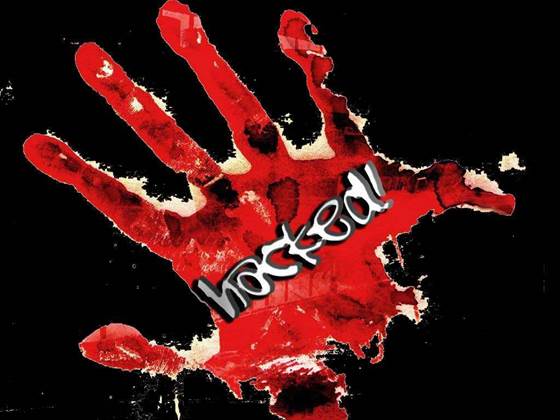Late last week 60 undergraduate IT students underwent a gruelling 24 hour race to hack into a business and steal sensitive data under the watchful eyes of security boffins within the Department of Defence, CERT Australia, Prime Minister and Cabinet, and Telstra.

But the hackers wore white-hats and the business was fake. Each student was competing in one of 15 university teams to perform a penetration test on a virtual server built to replicate a medium sized business.
The students were handed little information on the business and instead had to rely on security skills to find vulnerabilities in a string of servers, dig up passwords and craft a convincing phishing email too trick would-be staff.
They were also handed a forensic component and had to locate and diagnose a malware installation within an image file.
Each team not only had to race the clock but also impress the judges -- the seasoned security veterans within Australia's top cyber defence agencies and the nation's biggest telco.
But offensive skills weren't everything, said Glenn Chisholm, Telstra security chief and father of the Cyber Defence University Challenge.
To win, students had to show how the breached network could be hardened against further attack.
The security chief spent the last 30 months developing and promoting the competition with Australia's burgeoning government infosec agencies. It was, he said, different from the multitudes of capture the flag events because of its focus on defensive security.
"It was deliberately not called a CTF," Chisholm told SC Magazine. "There's value in CTF, but the skill sets needed for this were not as simplistic. It's about defence and understanding secure systems."
Indeed the bias to building over breaking tipped the winners from the University of NSW over the line after they best illustrated how to fix the flawed architecture.
But midway through the event, the second place winners from Edith Cowan University led the pack after they demonstrated the greatest prowess at popping servers and stealing data.
Each team had to break into a string of web mail and database servers using SQL injection, cross site scripting and directory traversal, before popping servers deeper within the virtual network.
From there, students broke into desktops and crawled the network seeking keys to crack open encrypted data.
With that information in hand, they crafted a social engineering email which appeared to be sent from the phony company's internal IT team to staff.
Security pros within Defence, CERT Australia and Telstra, who marked submissions as they were submitted in the dying seconds, were impressed.
"It was an awesome response," Chisholm said. "Everyone was impressed."
Better than a book
Not all of the candidates were security students and hobbyist hackers. Some were web design students and software engineers who Chisholm hoped will carry on their careers with a new appreciation for security.
"These guys are going to go out there and build us all more secure web sites and more secure software."
The competition was training that students couldn't learn from a book, Chisholm said. "Reading alone doesn't help solve the myriad of complexities in security. These are practical skills you can't get elsewhere."
It would also provide universities with an appreciation of the role and importance of infosec in society, a concept that over the years has become a crusade for Chisholm. He said universities need to incorporate more infosec components within IT, including tests to demonstrate offensive and defensive skills.
The foundations of the competition have been set, meaning the government could now scale up the test to cater for more or larger teams in upcoming years.
It could also be made more challenging for post-graduate students or even be made available for high schools.
The winning team from UNSW scored a set of Black Hat Las Vegas tickets, while Edith Cowan students won a set of Apple iPads, and the team from the Australian National University took bronze and scored Telstra 4G phones.

.png&h=140&w=231&c=1&s=0)

_(22).jpg&h=140&w=231&c=1&s=0)




_(26).jpg&w=100&c=1&s=0)

 iTnews Executive Retreat - Security Leaders Edition
iTnews Executive Retreat - Security Leaders Edition












_(1).jpg&h=140&w=231&c=1&s=0)



